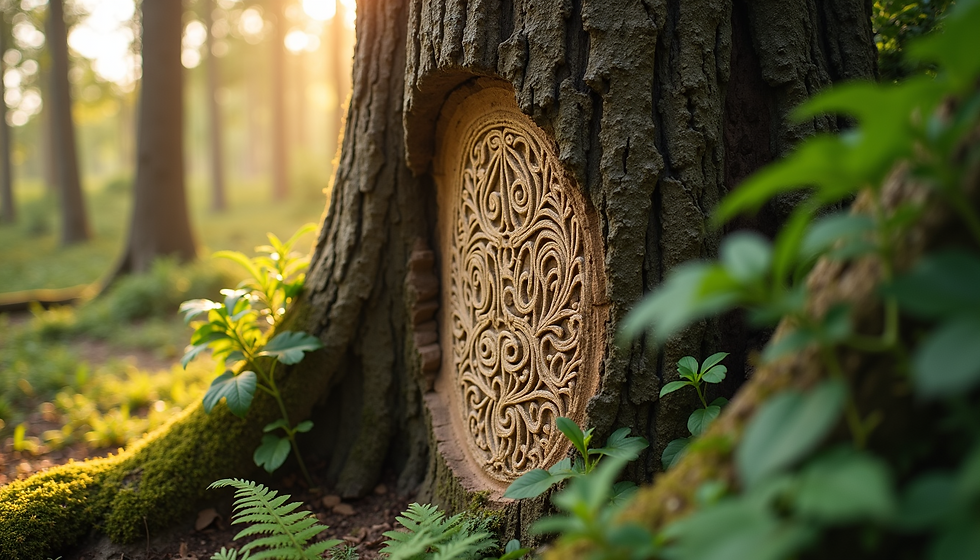Discover the History and Significance of Culturally Modified Trees
- Beth Mathews
- Jun 23
- 2 min read
Culturally Modified Trees (CMT) serve as unique historical markers that shed light on the connection between indigenous communities and the land they inhabit. These trees, often bearing scars from human activities such as bark stripping, have been culturally modified for various purposes, including ceremonial, navigational, and spiritual practices. In western Washington, CMTs offer valuable insights into the region's rich cultural heritage.

The significance of CMTs lies in their ability to convey stories of past civilizations and their relationship with nature. By studying these modified trees, researchers can unravel the traditions, technologies, and beliefs of indigenous peoples who once thrived in these areas. Each scar on a culturally modified tree represents a moment in history, a tale waiting to be told and shared with future generations. Through platforms like Culturally Modified Trees, enthusiasts and researchers can access a wealth of resources that deepen their understanding of these historical artifacts. From academic articles to news features, the site offers a comprehensive collection of information on CMTs from around the world. The provided links to YouTube videos and additional websites further enrich the learning experience, making it easier for individuals to explore and appreciate the cultural significance of these trees. Antiquity Consulting's info sheets play a vital role in educating the public about CMTs and the importance of preserving these natural heritage sites. By promoting cultural resource management practices, the site encourages responsible stewardship of CMTs and advocates for their protection as valuable cultural assets. Furthermore, the opportunity for the public to submit CMT tips via Survey123 promotes community engagement and encourages citizen participation in the preservation of cultural heritage. By fostering a sense of ownership and responsibility among local residents, Culturally Modified Trees empowers communities to take an active role in safeguarding these historical treasures. In conclusion, Culturally Modified Trees stand as poignant reminders of our shared history and the enduring legacy of indigenous cultures. Through platforms like the one provided by Culturally Modified Trees, we can continue to explore, learn, and appreciate the significance of these living artifacts. Let us embrace this opportunity to delve into the past, honor the traditions of our ancestors, and protect the cultural heritage embodied by these remarkable trees.


Comments